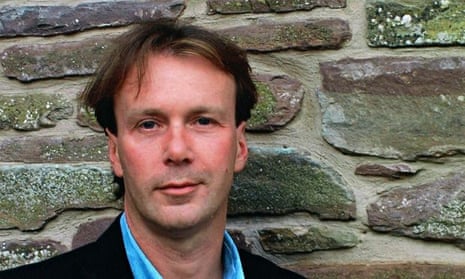The financial crash, the dominance of digital media and ecological disasters have prompted the resurgence in the popularity of nature writing, an award-winning author has claimed. Farmer turned author John Lewis-Stempel also said writers of a certain age were inspired by the relatively good times they remembered from their 1970s childhoods.
Lewis-Stempel’s book, Meadowland: The Private Life of an English Field, has been celebrated by readers and critics and won him the Thwaites Wainwright prize for nature writing. It is an intimate account of a year in the life of an English meadow, a hymn to the cowslips that that emerge in the spring, the hay-making of summer and the animals that live in and on the soil.
Speaking at the Hay festival, just over the Welsh border from his Herefordshire farm, Lewis-Stempel said nature writing was a “boom area”. “In the digital age, I think people are looking for something real, and nature is real,” he added. “The rise in nature writing today goes alongside things like foraging.”
Lewis-Stempel said he believed the resurgence coincided with the global financial crisis. “People were looking for something else. In the absence of religion, they turned to nature. It’s a search for values.”
He said the demographic of many nature writers (“We’re not spring chickens”) might also have something to do with the trend. “We can remember the 1970s, when environmental disaster was if crude washed up on a beach in Devon and Cornwall. These days, the scale of what is going on is in an ecological holocaust.”
Nature writers feature heavily at Hay. Helen Macdonald, who has been feted for her book H is for Hawk, Robert McFarlane and Patrick Barkham are among those appearing.
Lewis-Stempel was scathing about modern farming methods, which he says has led to the loss of 97% of traditional hay meadows since the 1930s. His meadow – which he found a year after he moved into his farm – had survived more by luck than by planning. “Actually, it was because of poverty,” he said. “Nobody had the money to improve it.”
